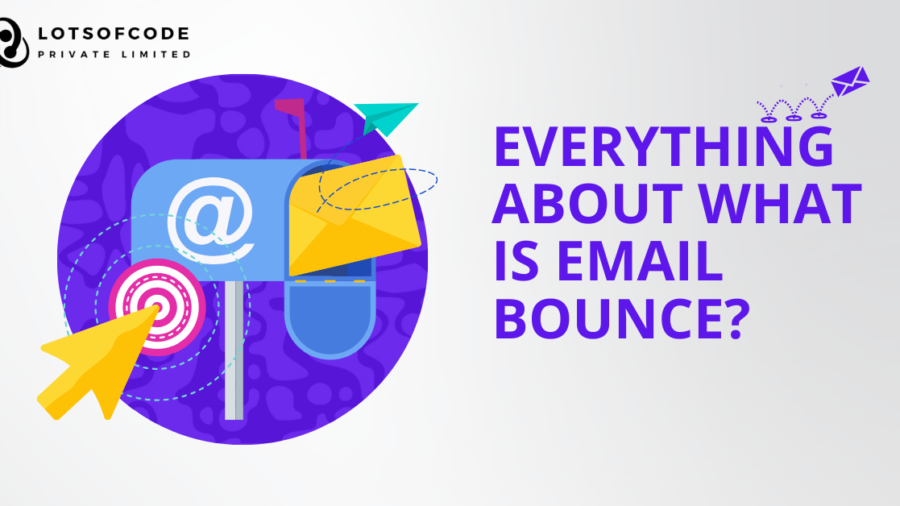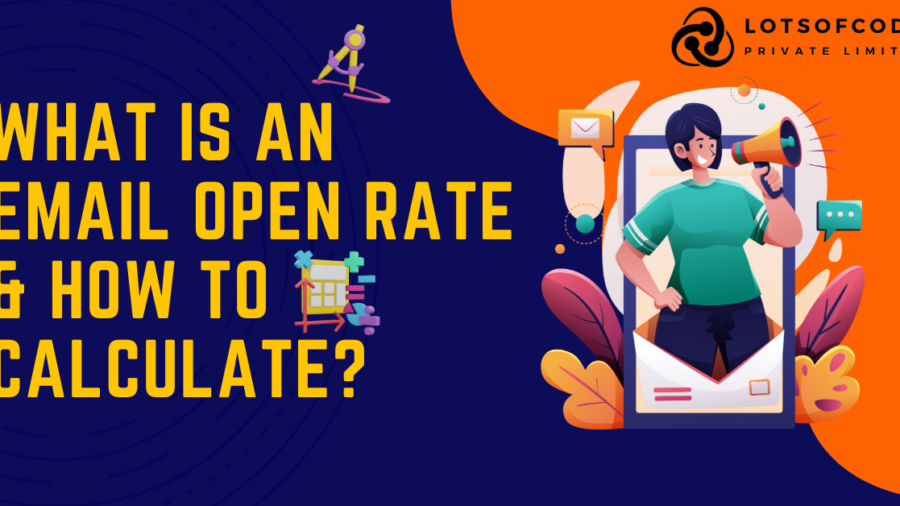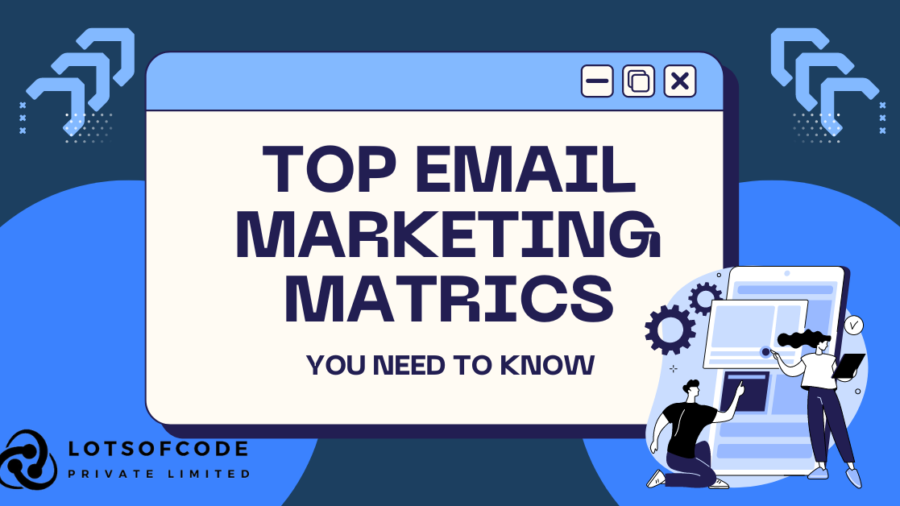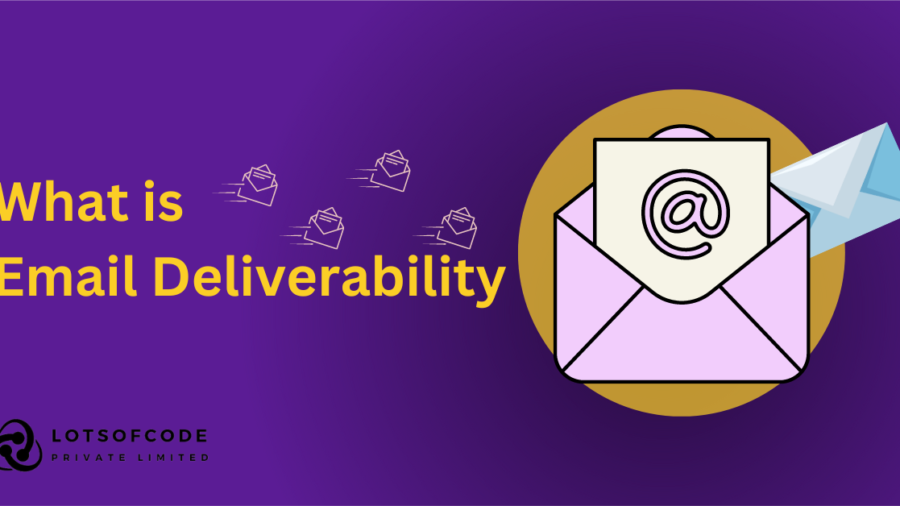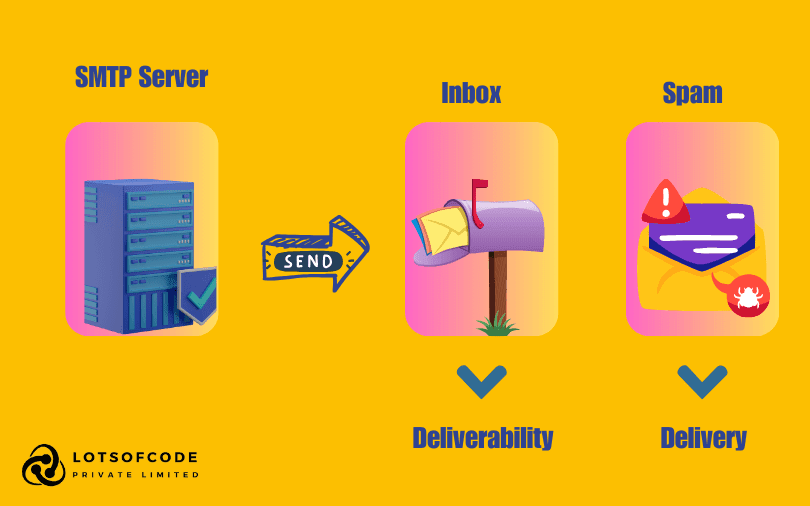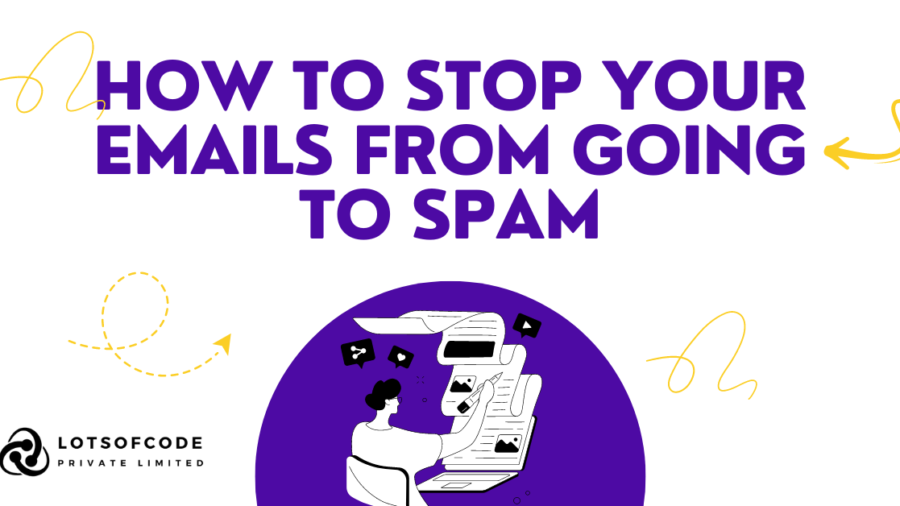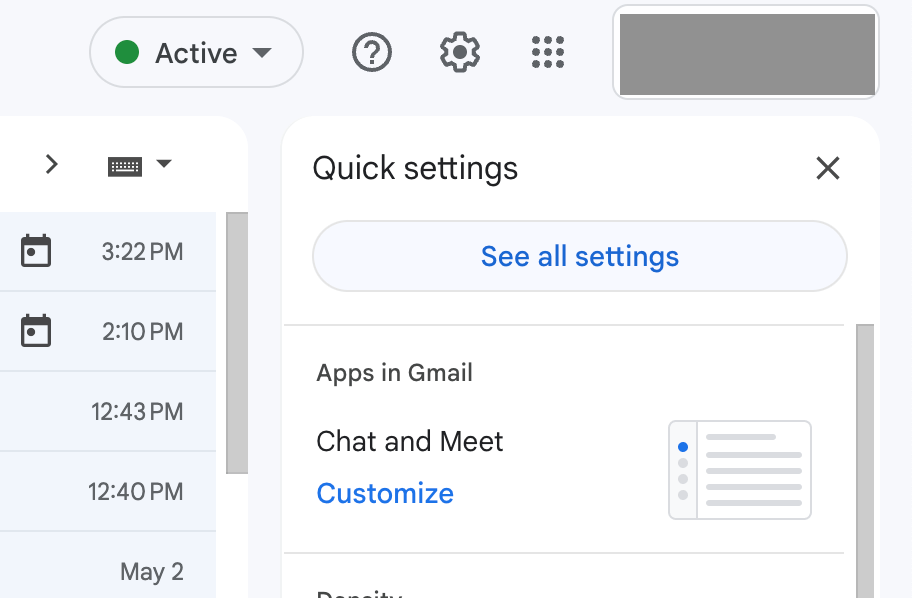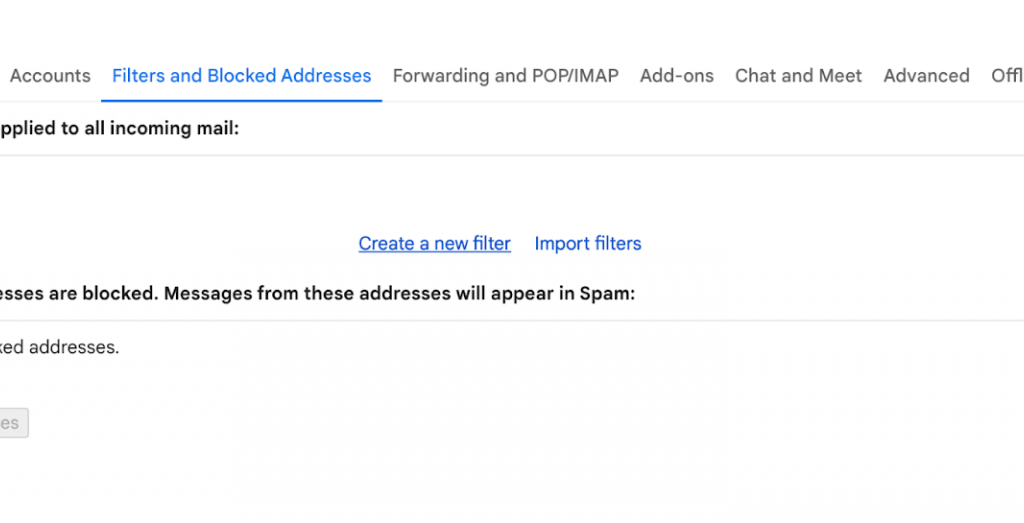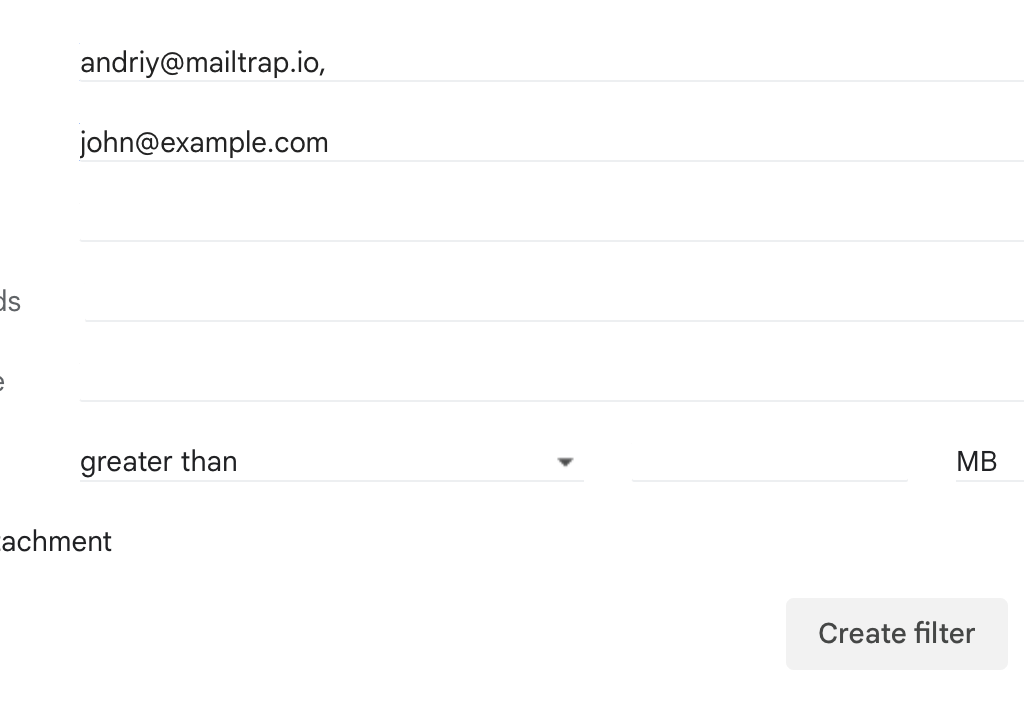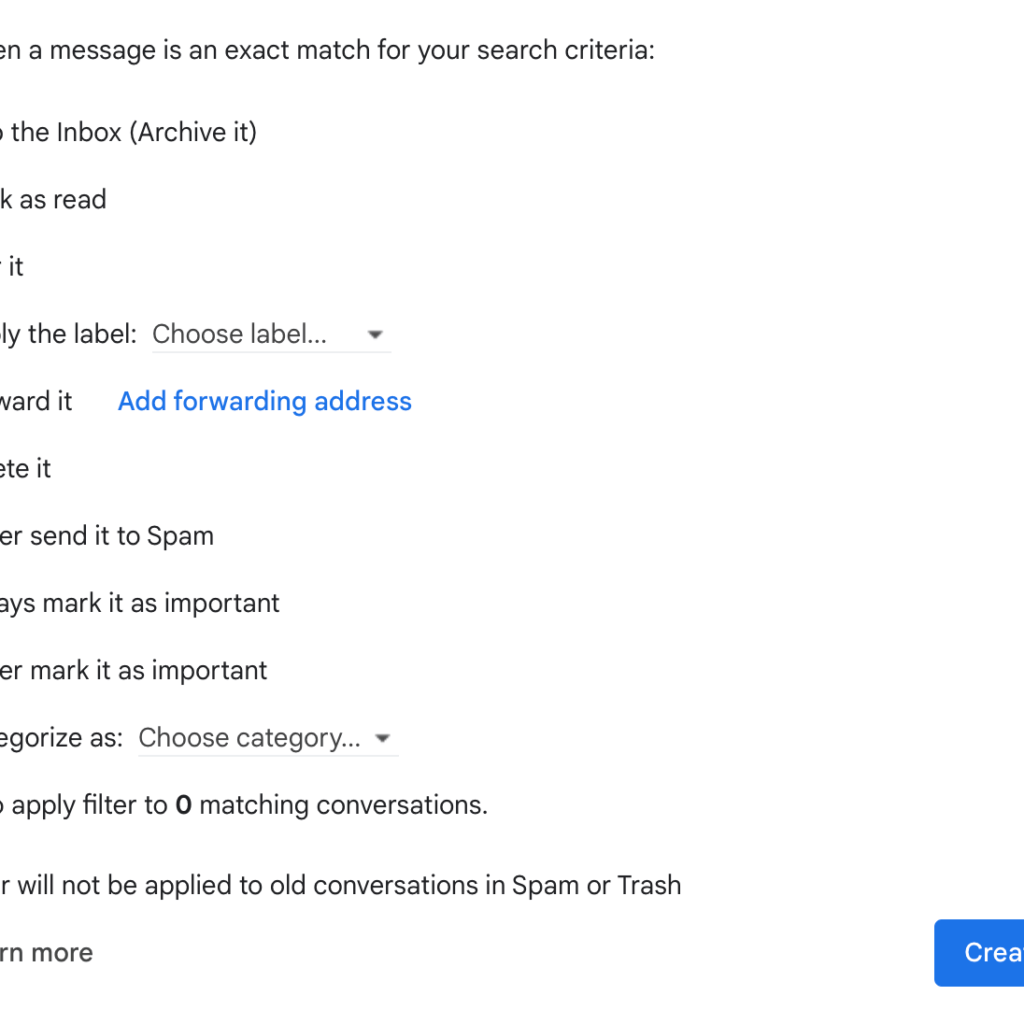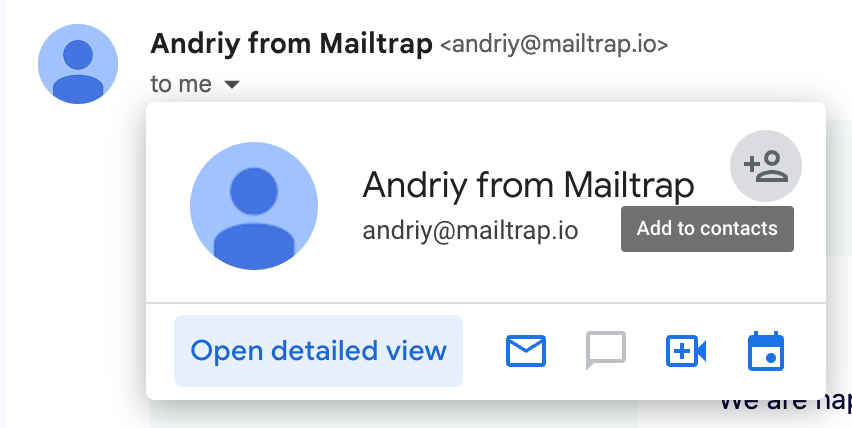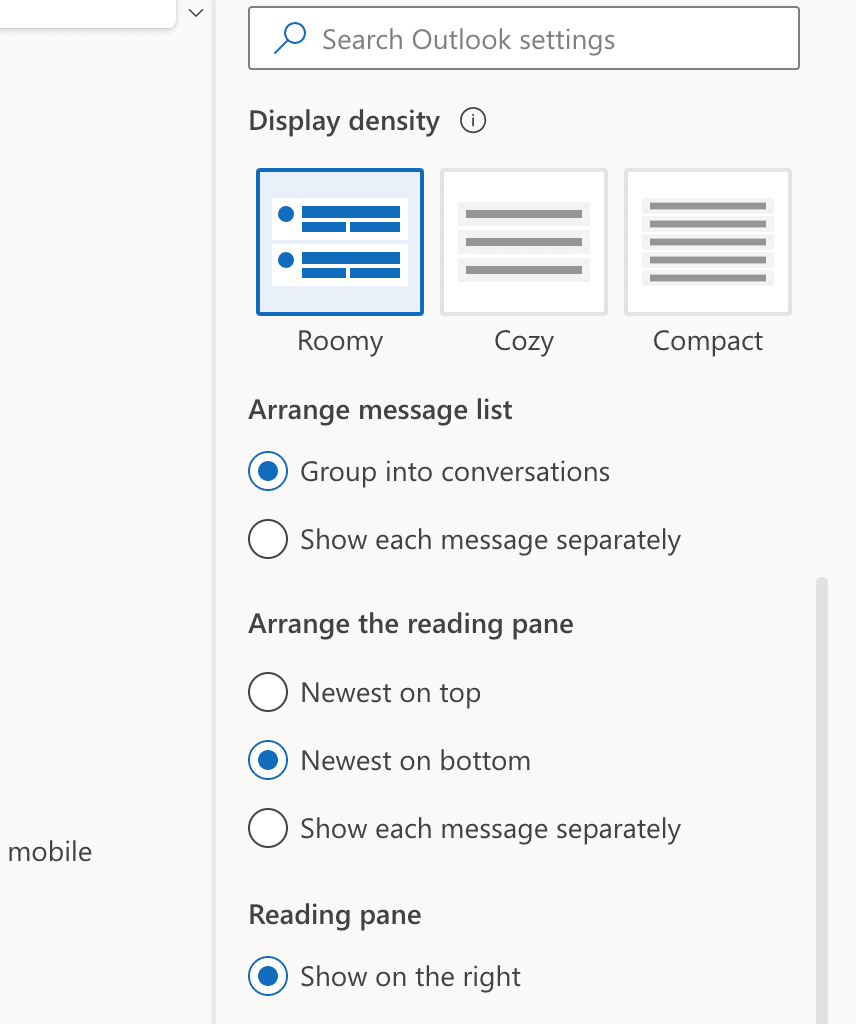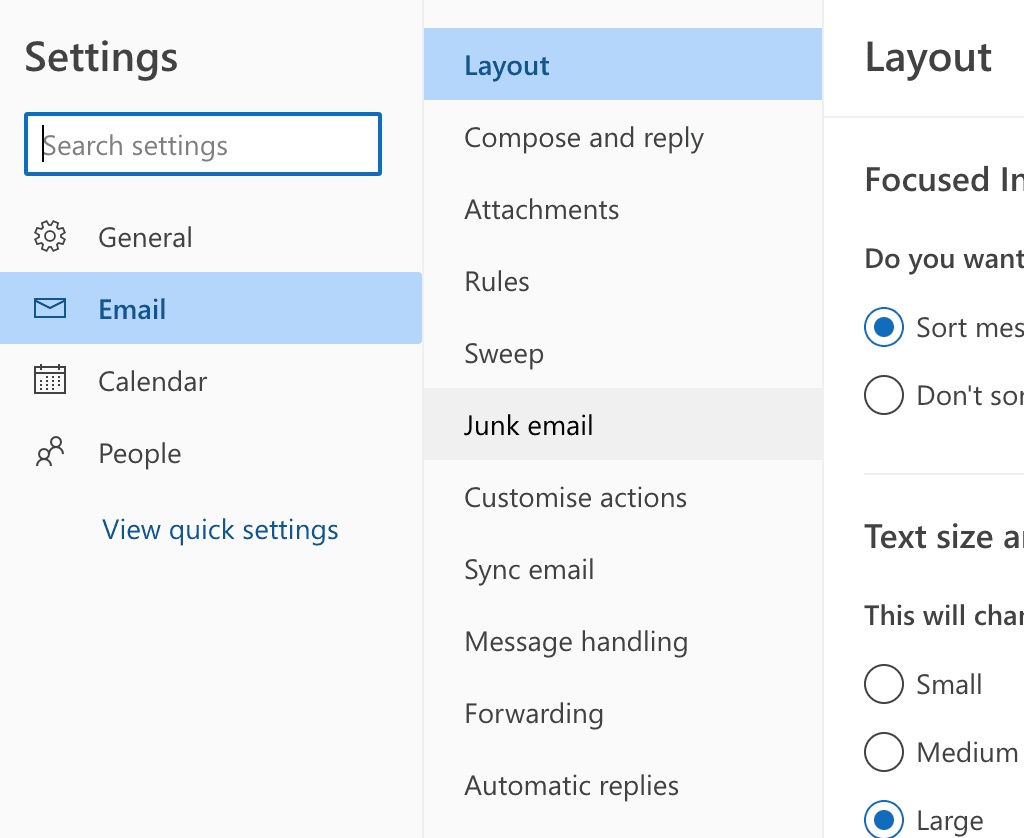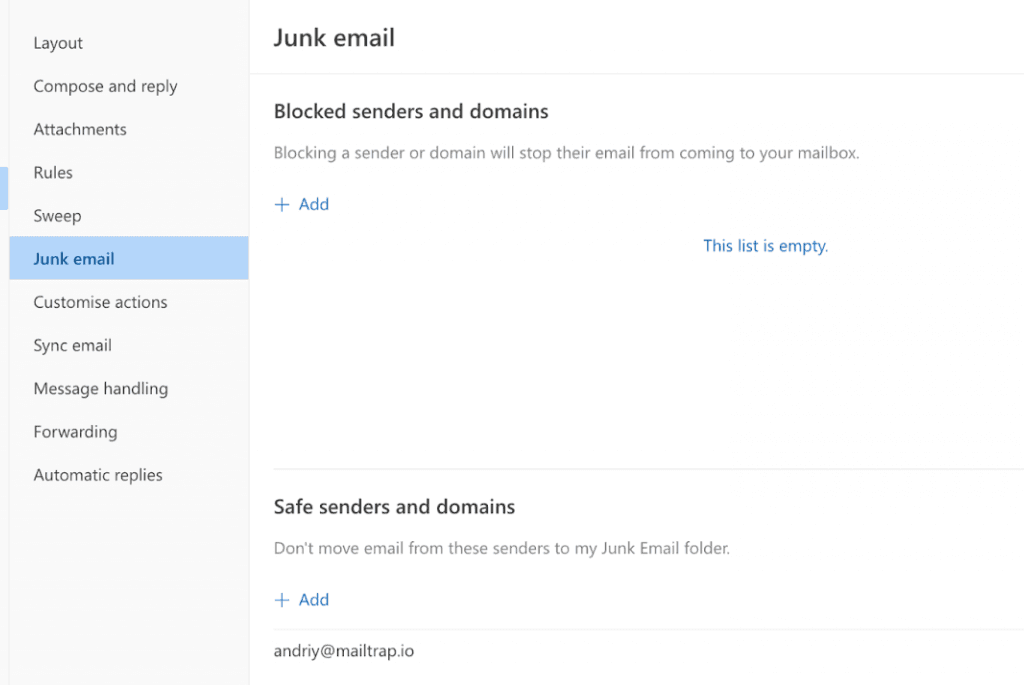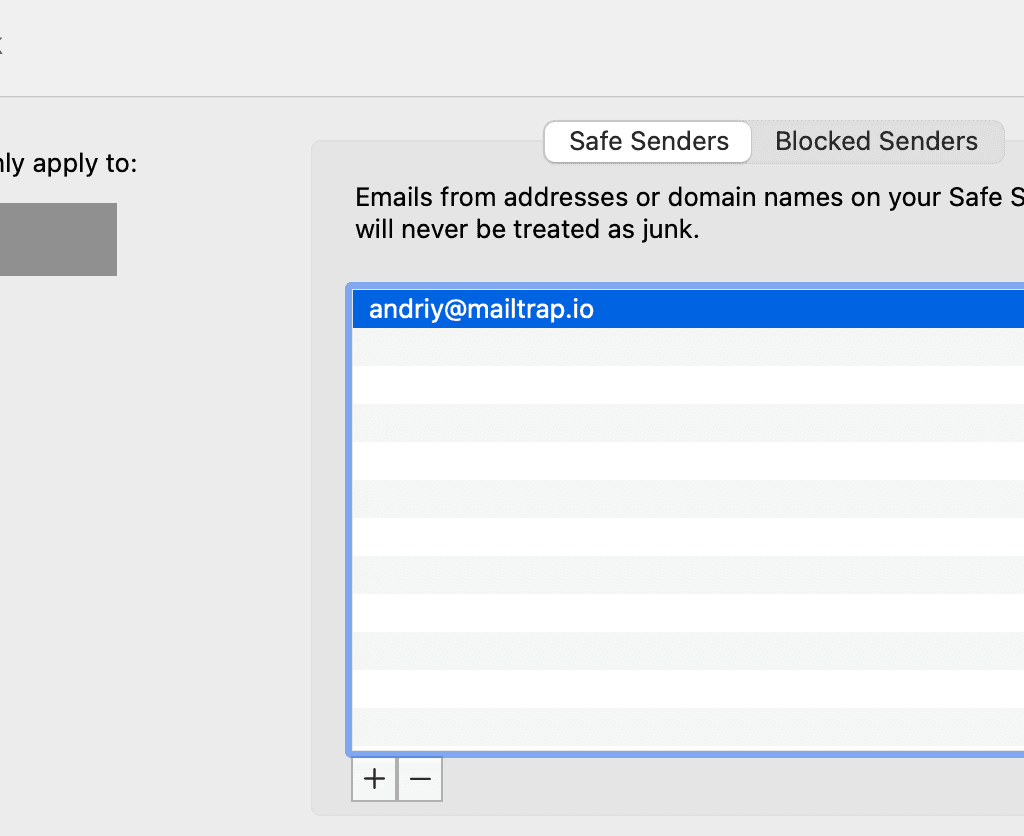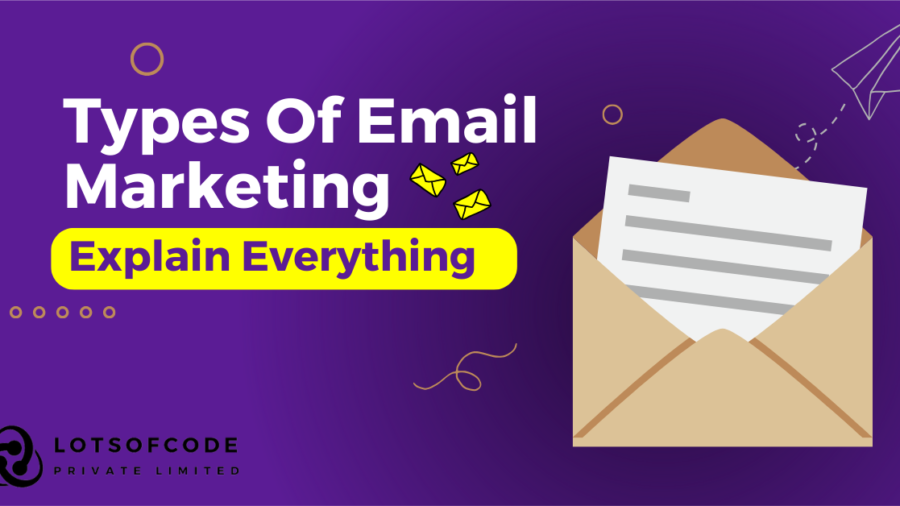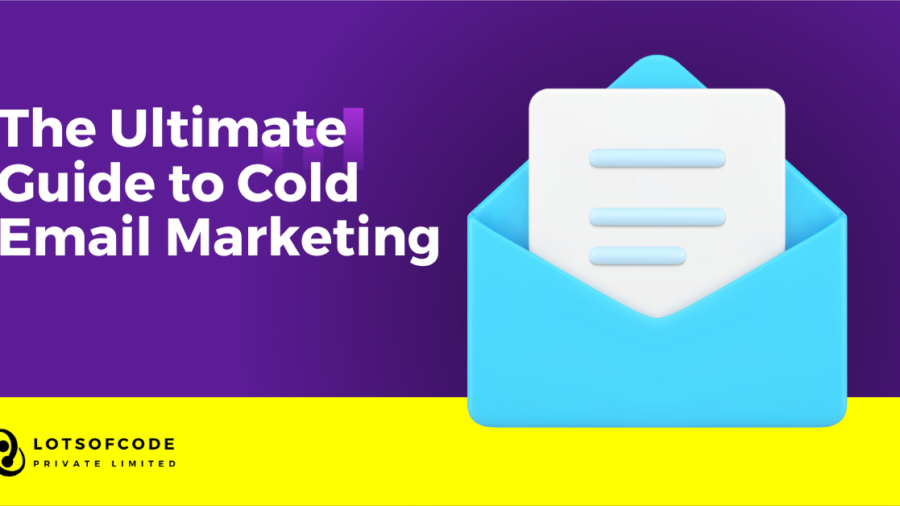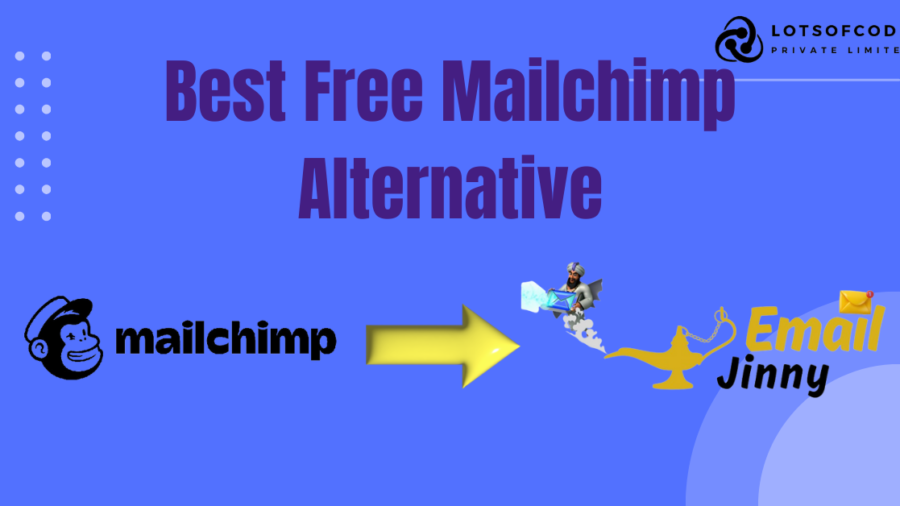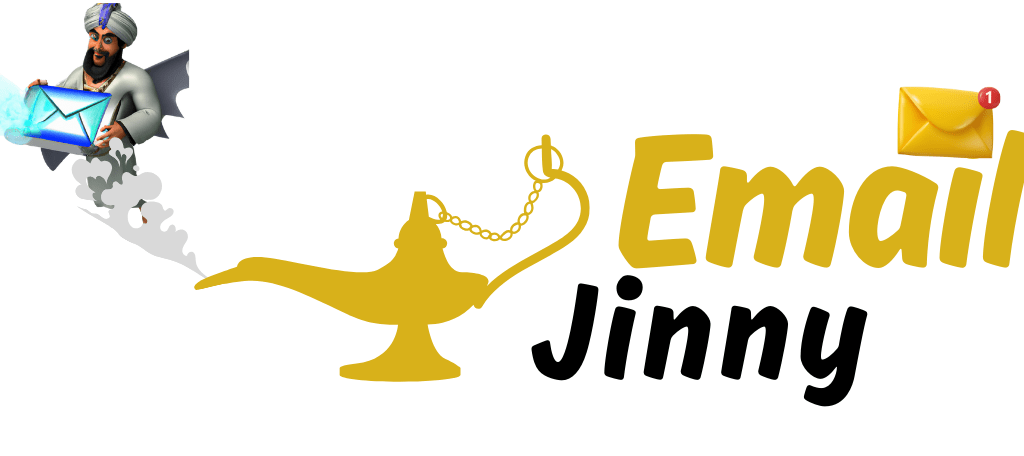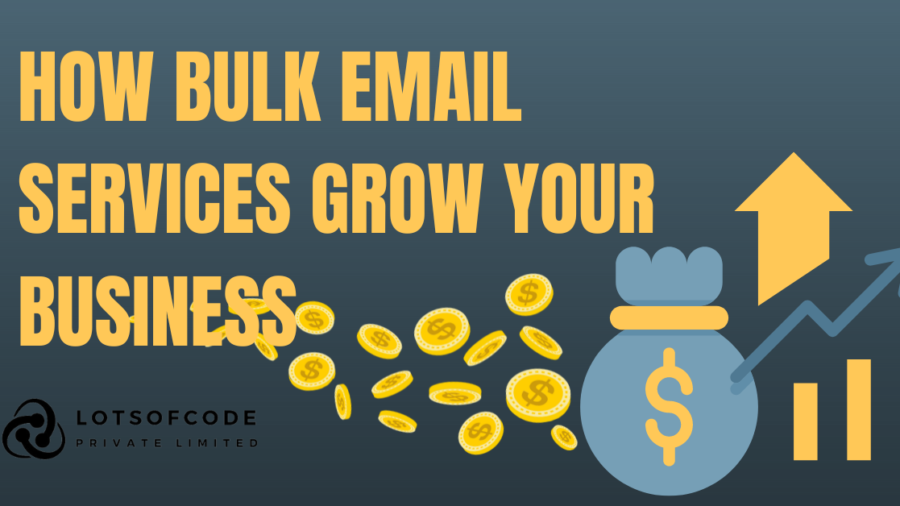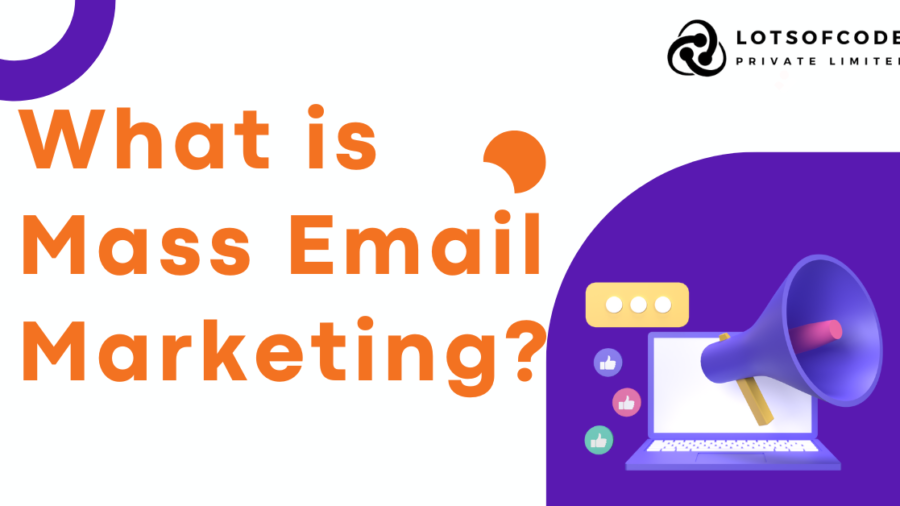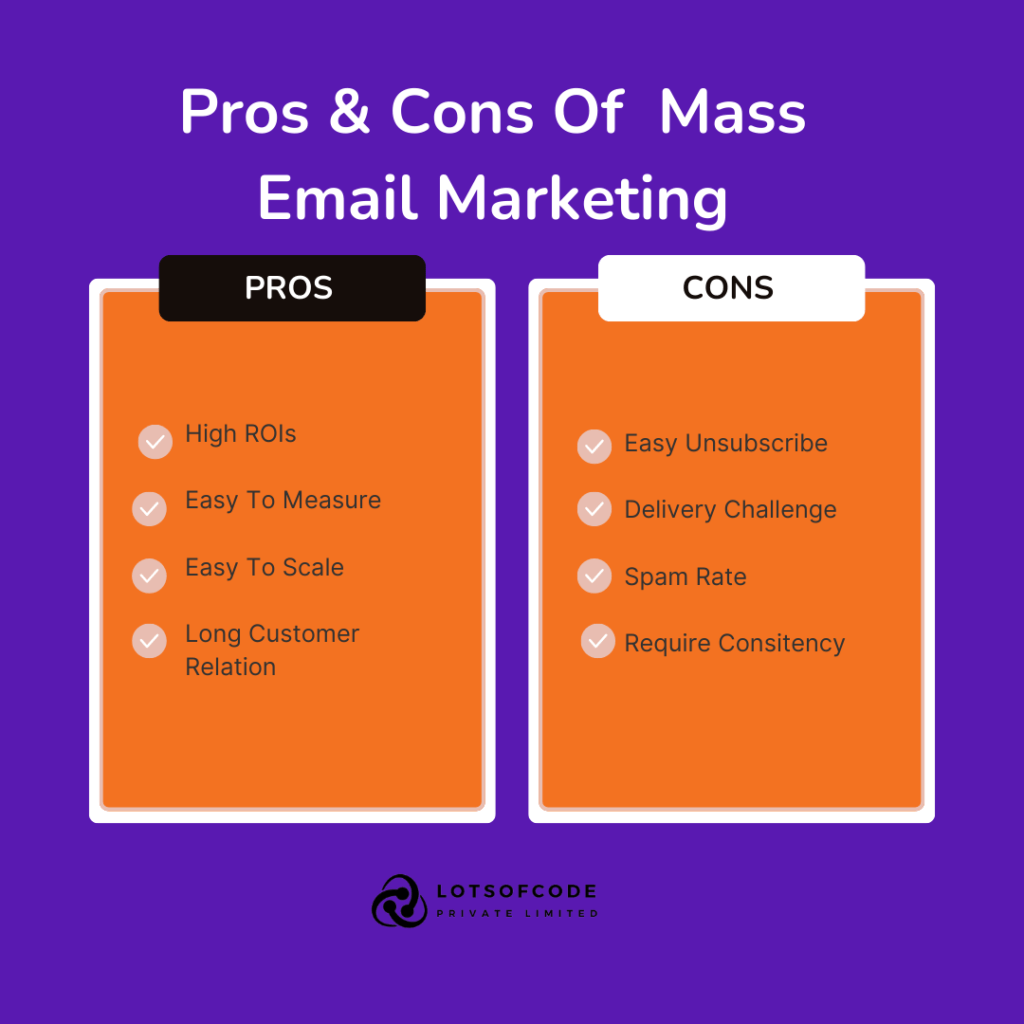Have you ever found yourself sending an email, only to receive an automated response stating it bounced back? If so, you’re certainly not alone. In fact, this is a common occurrence experienced by many individuals, including email marketers.
But what exactly is a bounce, and what are the typical reasons behind it? Furthermore, how can you address the issue when you’re encountering a high number of bounced emails?
In this blog post, we delve into the realm of email bounces, addressing these questions and providing comprehensive insights into this common email phenomenon.
What is Email Bounce?
An email bounce happens when an email service provider (ESP) attempts to send an email to the recipient’s email server, but it’s rejected and returned, triggering an automated bounce message to the sender, signaling a delivery failure. While there are numerous factors behind why an email bounces, we’ll delve into this further shortly.
Consider a scenario where a small business owner sends out a mass email to promote a new product to a list of 100 potential customers. In this case, one or two emails bounce back. Initially, you might think, “What’s the harm?” And you’d be correct; a couple of bounced emails likely won’t make much of an impact.
However, as the business grows over time and the email list expands to 10,000 potential customers, the same proportion of bounced emails becomes a more significant issue. A high bounce rate could result in the business’s emails being flagged as spam, leading to reduced delivery rates and visibility for future marketing endeavors. Hence, it’s crucial to monitor bounced emails and understand the reasons behind them. This is where an email bounce code proves invaluable.
What’s an Email Bounce Code?
As part of the Internet Message Format standards, email bounce codes, as old as emails themselves, consist of a series of numbers assigned to an undeliverable email message. These codes indicate the reason why the message couldn’t be delivered.
Here are two examples of codes that Microsoft Outlook users or individuals utilizing Azure in their email infrastructure might encounter:
– 554 5.2.122: The recipient has exceeded their limit for the number of messages they can receive per hour. For more information, visit…
– 452 4.3.1: Insufficient system resources (TSTE). For more information, visit…
Typically, codes beginning with a 5 signify that the error is permanent, while those starting with a 4 indicate a temporary issue.
Armed with these codes, it becomes easier to manage your email bounce rate and implement any necessary adjustments.
How does email bounce impact email deliverability?
When an email bounces, it communicates a negative signal to the email sender’s server, which can potentially harm the sender’s reputation and future deliverability. Furthermore, bounced emails can adversely affect recipient engagement metrics, including click-through and open rates, thereby diminishing the overall effectiveness of email campaigns.
Understanding the reasons behind email bounces is crucial for minimizing errors and enhancing deliverability.
Types of Email Bounces
Bounces can occur due to various reasons, and a practical approach to handling them involves categorization:
Soft Bounce:
A soft bounce typically indicates a temporary obstacle in email delivery and can stem from several factors:
1. Full Inbox:
When a recipient’s inbox reaches its capacity, emails may bounce back. Despite this, it’s advisable to keep such email addresses in your list, anticipating that the inbox might be cleared eventually.
2. Server Overload:
High traffic volumes on a recipient’s email server can lead to soft bounces. Monitoring patterns in email bounces can help identify instances of server overload, prompting adjustments in email sending schedules.
3. Email Size:
If an email exceeds the recipient’s email server size limit, it may result in a soft bounce. To prevent this, ensure that your emails adhere to size limitations.
4. Email Filtering:
Email filtering mechanisms implemented by recipients’ email service providers can sometimes categorize legitimate emails as spam, resulting in soft bounces. Prompt action is necessary to address content-related issues and avoid potential hard bounces.
5. Temporary Server Error:
Occasional network outages can lead to temporary server errors, causing emails to bounce. In such cases, resending the email often resolves the issue.
Hard Bounce:
Unlike soft bounces, hard bounces indicate permanent email delivery failures, requiring corrective action:
1. Invalid or Non-Existent Email Address:
Typos, missing information, or inactive email accounts can result in hard bounces. Regularly verifying and updating your email list can mitigate this issue.
2. Poor Email Authentication:
Issues with email authentication protocols like DKIM, SPF, and DMARC can lead to hard bounces. Ensuring proper implementation of these protocols can prevent such bounces.
It’s crucial to promptly address bounced emails to maintain the sender’s reputation and email deliverability. Regular list verification, compliance with sender guidelines, and proactive communication with recipients can help minimize bounce rates and enhance email campaign effectiveness.
What is a good Email Bounce Rate?
When evaluating the effectiveness of an email campaign, understanding what constitutes a low bounce rate is crucial. While most marketing tools automatically calculate and display your bounce rate, it’s important to grasp the underlying calculation.
For instance, if you successfully sent out 800 emails but encountered 20 undeliverable ones, the bounce rate would be:
(20 / 800) x 100 = 0.025 x 100 = 2.5%
This indicates a slightly elevated email bounce rate of 2.5% for this specific campaign.
Generally, a successful marketing effort aims for an average email bounce rate of less than 2%. By implementing key strategies, you can maintain this benchmark and enhance the efficacy of your email marketing endeavors.
Implement a double opt-in process:
Utilize a confirmation email for each new subscriber, requiring them to confirm their subscription before being added to your email list. While it may seem like an additional step, it helps ensure active and engaged subscribers, leading to increased conversions over time.
Regularly monitor your bounce rate:
Leverage analytics tools to track your bounce rate and detect any recurring patterns or issues contributing to a high bounce rate. Make necessary adjustments to your email strategy to enhance results.
Optimize email deliverability:
Ensure that your emails are properly formatted, avoid appearing spammy, and provide valuable content without being overly promotional. A captivating subject line is essential, as it’s the first element recipients notice. Conducting A/B testing on subject lines can help identify which types resonate best with your audience, ultimately improving open and click-through rates.
In summary, grasping the concept of email bounces and their underlying causes is pivotal to uphold favorable email deliverability and mitigate adverse effects on your email marketing endeavors. Vigilantly monitoring bounce codes and adapting your email-sending practices to address both temporary and permanent issues is imperative.
Employing appropriate tools to consistently track bounce rates and ensuring the resilience and currency of your email infrastructure can significantly contribute to sustaining optimal email deliverability.

